Besides being fun, hiking is a great way to relax from your daily routine, work out, and connect with nature. But hiking has some downsides that typically remain unknown.
This article aims to inform you about some disadvantages of hiking that no one talks about. With the content below, you should be able to plan ahead and take precautions to avoid or mitigate the disadvantages.
Table of Contents
Hiking Comes With a Risk of Getting Stuck in the Mountains
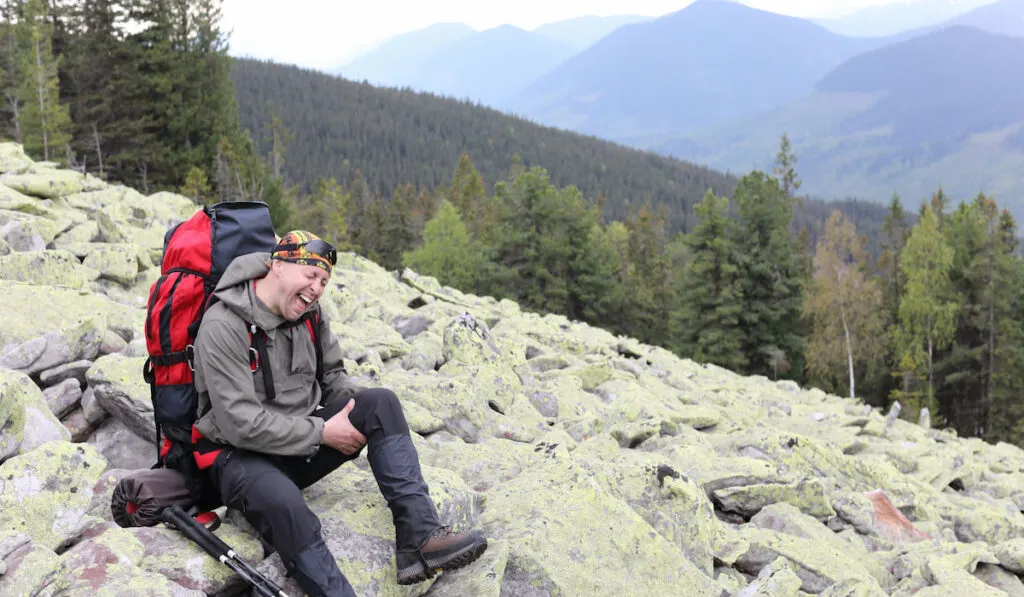
When you go hiking, there is a chance of you getting stuck in the mountains.
One reason why this might happen is if you get injured.
For instance, moving around might be painful if you overstretch a tendon or a muscle while hiking. So you’ll have no choice but to remain in one spot until you feel better.
Severe injuries (like a torn muscle) can leave you in the mountains for longer. You may not be able to move until you get help.
Getting help on the trail might not be so easy. In some locations, your cell phone might receive no service, so calling for help could be complicated.
If you get help from the mountain rescue service, you will incur some charges, which can be pretty steep.
Hiking with other people reduces your chances of getting stuck in the mountains. If you are in the company of other hikers, they can assist you if you get injured.
Some Hiking Trails Have Potentially Dangerous Conditions
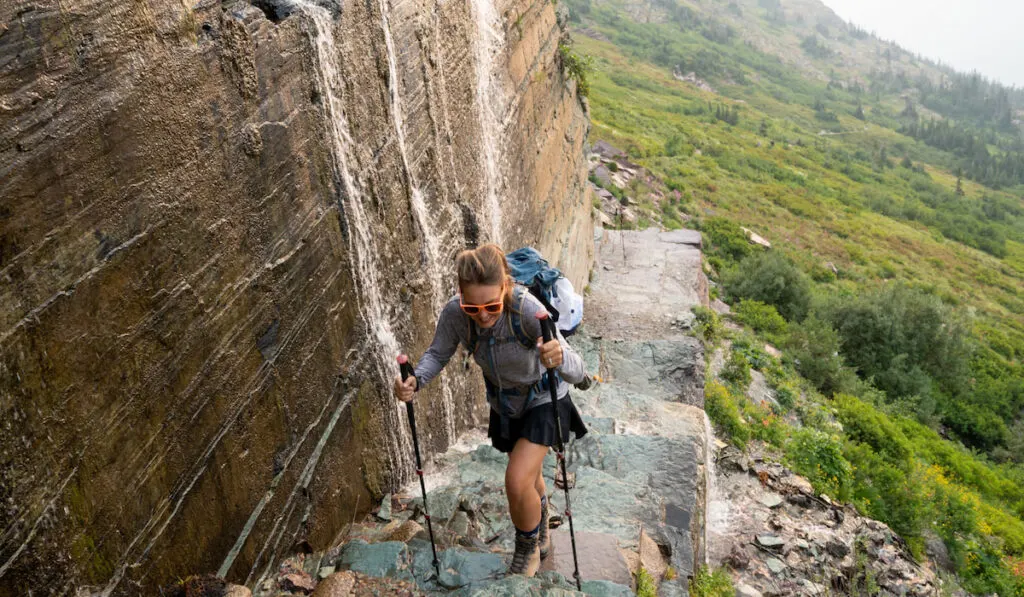
Some hiking trails have rough, narrow paths. So there is a risk of falling and getting injured or even falling and dying.
You could also get cuts from the plant life or slip and land on stones.
Hiking exposes you to insects, flies (like mosquitoes), hypothermia, dehydration, and sunburn.
Considering how far some trails are from help, you wouldn’t want to suffer a serious health issue while out there.
Some trails have safety measures in place to reduce risks. But on others, they are no safety measures.
Before you go hiking, research the trail thoroughly.
You may want to avoid the trail if you believe it is too dangerous. But if you are okay with the conditions, you could go with plans that minimize the risks.
Altitude Sickness
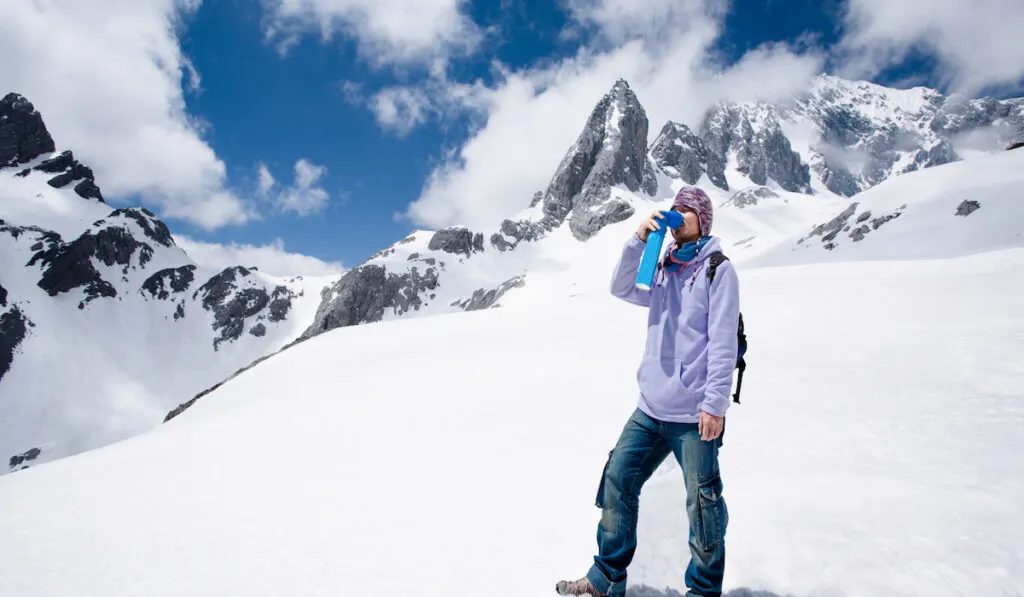
Hiking through mountain trails can cause you to suffer altitude sickness. This is especially likely if you are not used to such heights.
As you go higher, the pressure drops, and the amount of oxygen in the air becomes lower. If your body does not adjust to the drop in pressure and oxygen concentration, you may start feeling sick.
Typically, the symptoms are headache, nausea, dizziness, and shortness of breath. In severe cases, ascending to such heights might cause cerebral or pulmonary edema.
If your body is not used to traveling to high altitudes yet, you should not try to push yourself that far. You may start hiking at lower heights, then gradually go higher as your body allows.
Do not go too high all at once, or you will get sick.
Hiking Can Be Time-Consuming

Hiking can be time-consuming. The commute alone can be long, especially if you get stuck in traffic.
You may get stuck in traffic if you are headed to a popular hiking trail or a trail close to a busy city.
You will lose precious time if you get stuck in traffic on your way to or from hiking.
But beyond losing time, you may become stressed. If you become stressed, the de-stressing impact of hiking might be minimal or ineffective.
If you are going hiking on a popular path, try to schedule your trip for a time when that path sees fewer visitors.
You could also try setting out early to beat the traffic. Alternatively, you could opt for hiking paths with less traffic.
There’s a Chance of Getting Lost
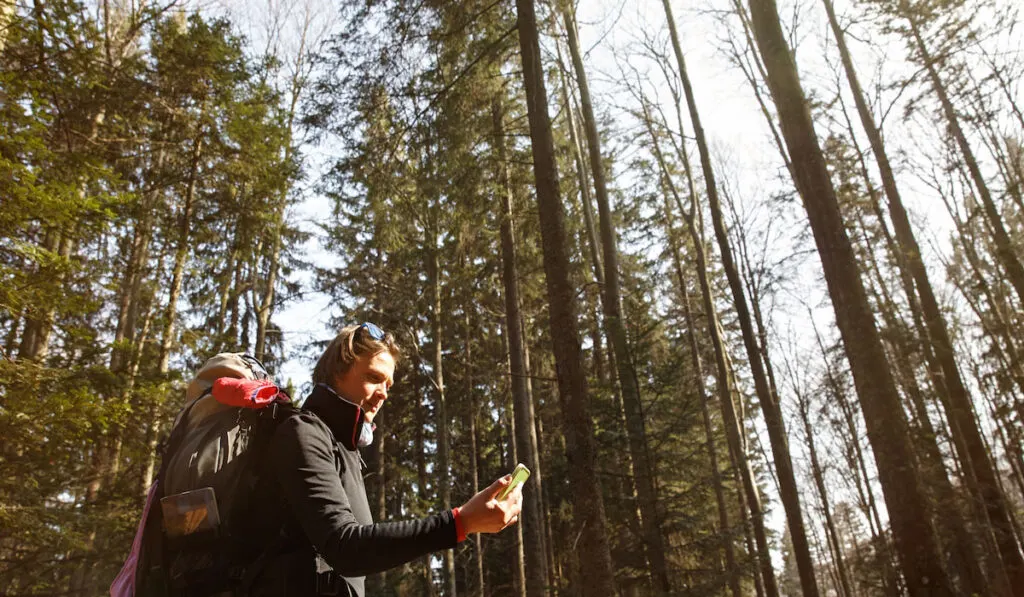
You could get lost while hiking, especially if you are on a trail that is not well-marked. After walking for a while, you could find yourself in the middle of a forest without clear landmarks.
The bottom line is when going hiking, go with a map or a GPS-enabled device. You can always find your way if you get lost with any of those tools.
Your chances of getting lost are relatively higher if you go hiking in a remote area. At such times, having tools to help you find your way is even more vital.
Wild Animals
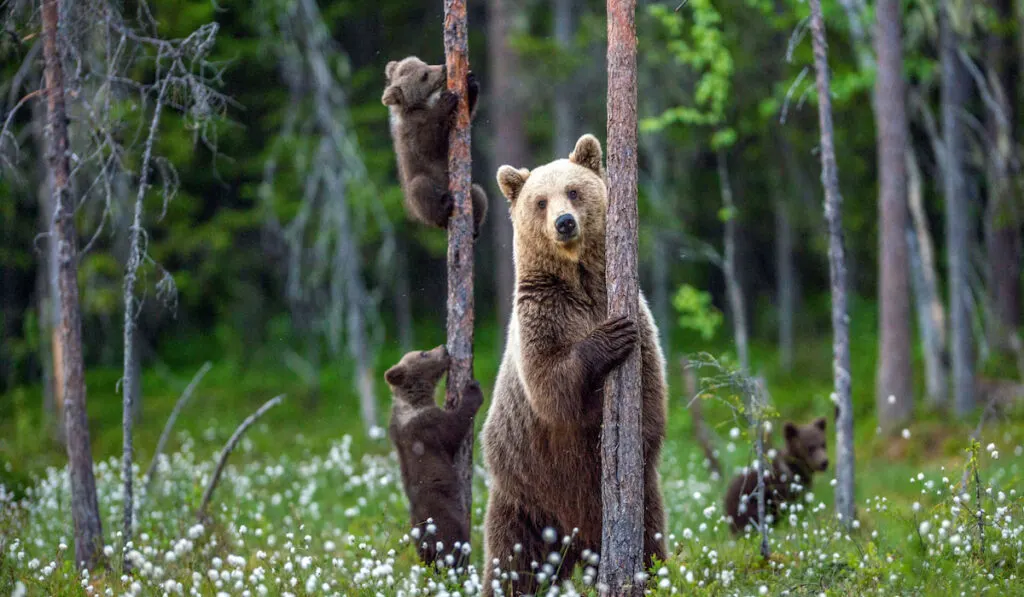
One of the top risks of hiking is encountering wild animals.
Hiking is a sojourn into nature. Unsurprisingly, there is a chance you will come across all types of living things. Some of them would be harmless, while some – like some wild animals – can harm you.
Depending on where you live, you may come across wild animals like bears and mountain lions while hiking. Of course, these two animals are potentially dangerous as they can attack and even kill humans.
Besides animals like those two, you can also come across venomous animals like spiders, scorpions, and snakes. If any of these inject venom into you, things could quickly go wrong.
When you go hiking, ensure you are aware of the wildlife in the area you are going to. If there are any dangerous ones, make sure you know how to evade or defend yourself from them.
You should also go hiking with antivenoms.
Antivenoms can help you escape a medical emergency if you get stung or bitten by a venomous or poisonous animal.
Hiking Can Be Expensive
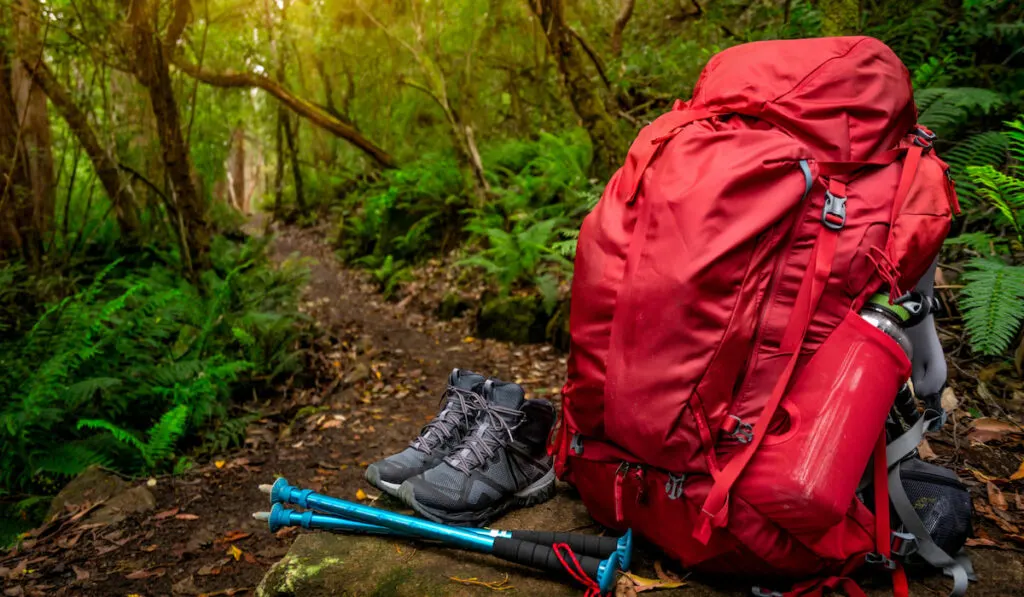
Hiking can be pretty expensive. Your expenses start with getting the appropriate equipment.
For your safety and an enhanced experience, you may need hiking poles, boots, breathable shirts and jackets, and emergency supplies. Generally, these things do not come cheap.
Hiking trails are sometimes in remote areas. So you may have to drive long distances to get to them.
So besides spending money on hiking equipment, you’ll probably have to buy gasoline for your vehicle.
Obviously, the farther you go, the more gasoline you use, meaning the greater your gasoline expenses.
Hiking Is Unsuitable for People Who Have a Fear of Heights
This goes without saying, but hiking is not ideal for people who fear heights.
Many hiking trails have narrow paths along ledges or cliffs. If you’re afraid of heights, the chances of falling and getting injured are much higher.
So if you fear heights, you should avoid hiking or try hiking on level terrain.
Hiking Takes a Toll on the Body
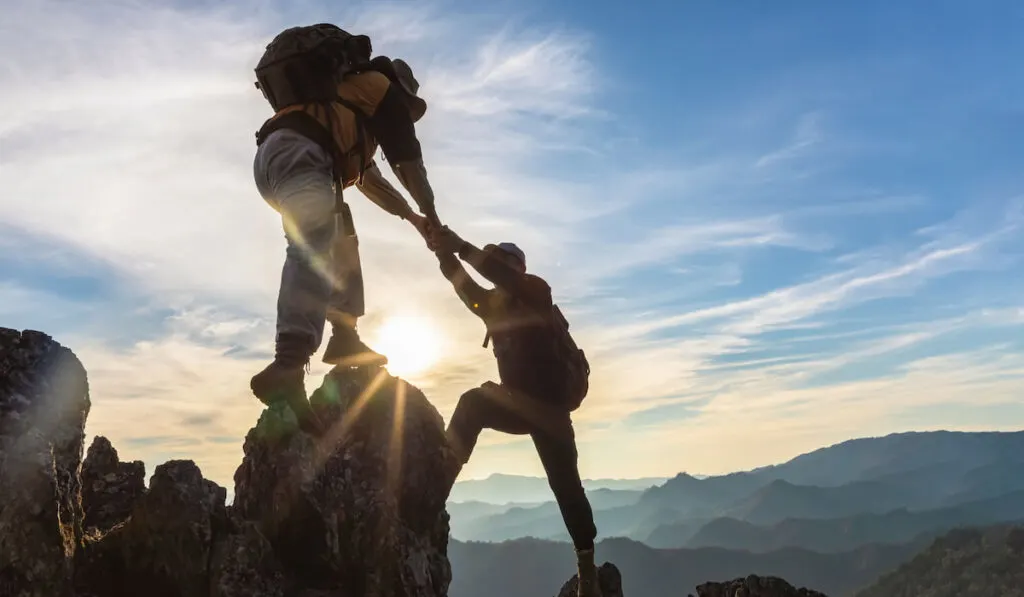
Without a doubt, hiking is mentally invigorating, and it can help with your physical fitness.
But hiking can also leave your muscles feeling sore and tight days after. You wouldn’t want to go to work the week after a hiking weekend feeling sore.
Generally, if your fitness level is high, the chances of you feeling sore days later are low.
But if you are the type who feels sore many days after hiking, schedule your hiking for periods that offer you sufficient recovery time.
Unpredictable Weather
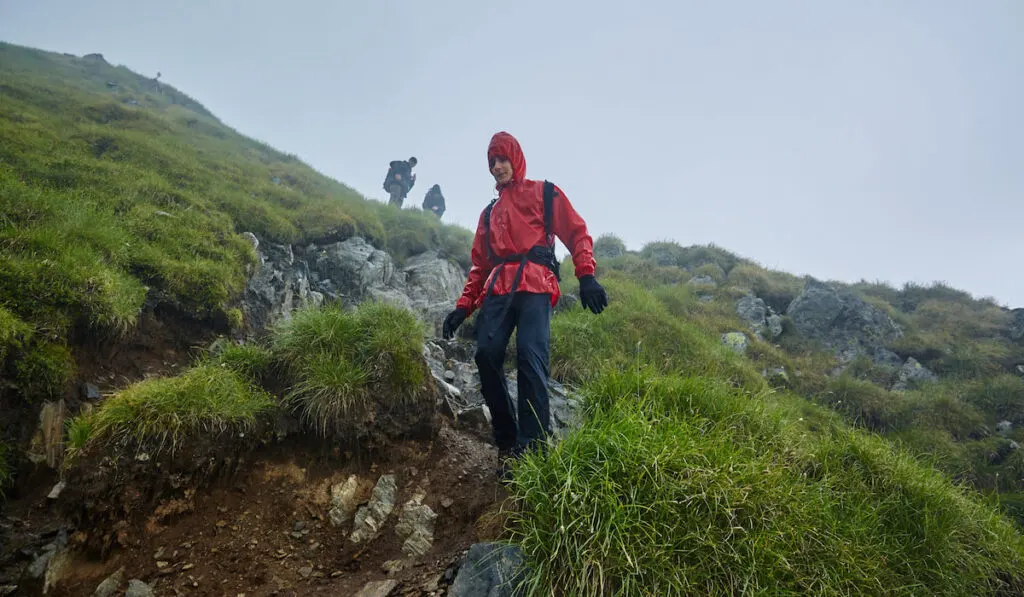
The weather in some hiking areas is unpredictable; it can suddenly get stormy or foggy. Any dramatic change in the weather can be dangerous.
If the trail becomes misty, for instance, visibility will drop. If visibility drops, you can get lost or fall.
If the weather suddenly becomes stormy while you’re hiking, you are exposed to even more dangers than usual.
For one, a storm could bring down trees, and you wouldn’t want to be around at such a time.
If you are going hiking, always check the weather forecast beforehand.
Checking the forecast can help you avoid harsh or dangerous weather. Also, go hiking as early in the day as possible.
Litter
This disadvantage of hiking is not inherent in the activity. Instead, it is a disadvantage that stems from the unwillingness of some hikers to care for the environment.
If you go hiking, you may come across garbage along the way. Unfortunately, these dumps kill the aesthetics of the natural environment. But more importantly, they can put some wildlife at risk.
When you go hiking, ensure you do not litter the area. Make plans for an environment-friendly way to dispose of your trash.
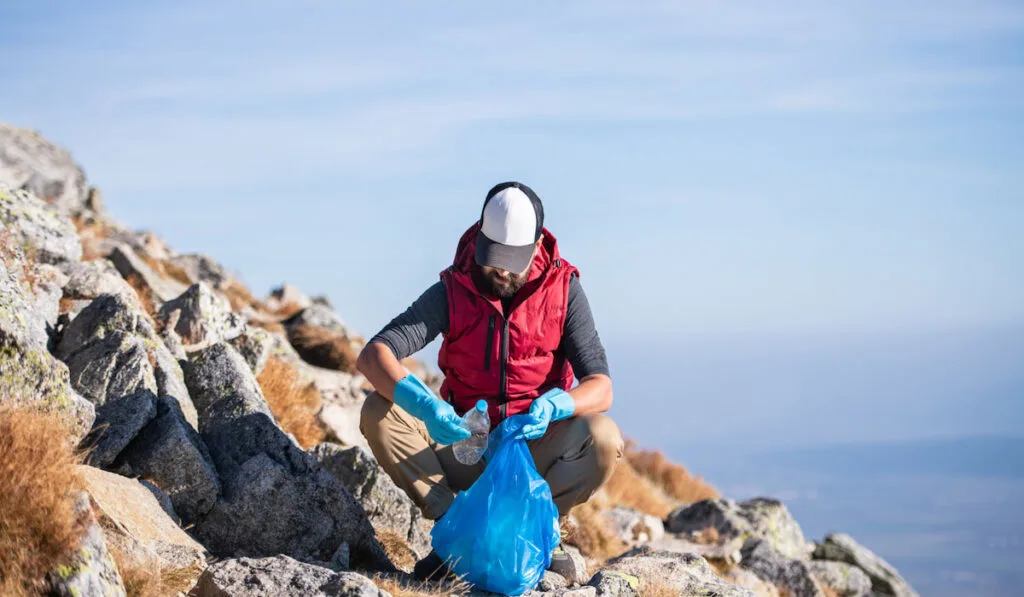
You Cannot Take Small Kids Hiking
While hiking can be a fun family time, you cannot take your kids with you until they are old enough.
Hiking is too unsafe for little kids.
If you have no one to look after the kids when you are not around, you may also be unable to go hiking. But if you can leave the kids in the care of a trustworthy, responsible adult, you can go hiking without them.
